Latest News
Empowering Tuberculosis Control and Chest Diseases Management: Java Institute's Innovative Application Launch
In the pursuit of advancing technology for the betterment of society, the Java Institute for Advanced Technology has once again taken a bold step forward. With a strong commitment to addressing pressing healthcare challenges, the institute has developed a groundbreaking application aimed at revolutionizing Tuberculosis (TB) control and chest diseases management. This state-of-the-art solution combines the power of Java technology with medical expertise to usher in a new era of proactive and effective healthcare interventions.
Java Institute at Future Minds 2016
The Java Institute for Advanced Technology was highly successful at the Future Minds exhibition 2016 that was held on the 17th, 18th, and 19th of June. A wide array of exhibits from innovative robots to drones were on display and a multitude of visitors enjoyed the creations at the Java Institute’s stall.
Java Institute's Ice Cream Dansala 2016
Held in commemoration of the 2016 Wesak Day, the Ice Cream Dansala organised by the Colombo Branch of the Java Institute for Advanced Technology transformed in to a tantalising and popular event with the participation of hundreds of students and well-wishers.
Kovul Wasanthaya of the Java Institute 2016
An exciting, memorable as well as majestic Sri Lankan New Year Festival was organised and held successfully by students of the Java Institute for Advanced Technology on the 29th of April, 2016.
Max Rover and the "One Man Everywhere" Concept
The brilliant concept of ?One Man Everywhere?, a brainchild of Mr. Bhatiya Tissera, has been actualized with the development of the highly sophisticated and innovative ?Max Rover? robotic device.
The chief team behind the development of this historic device are the extremely talented and experienced team of Electronic and Software Engineers of the Java Robotics and Intelligent Systems Research Centre, which is one of the pioneering research centers of the Java Institute for Advanced Technology.
Vision and Concept
The visionary behind the Java Institute?s Max Rover is Mr. Bhatiya Tissera, the Managing Director of the Java Institute for Advanced Technology and the Java Robotics and Intelligent Systems Research Centre.
Mr. Bhatiya Tissera?s unique vision for the Max Rover primarily includes the following significant goals:
1. To enable an individual to carry out communications with any other place in the globe.
2.To reach inaccessible and hazardous locations.
3.To connect and communicate with a voluminous number of other robots simultaneously.
4.To increase efficiency and save labour, time, and money in communication activities.
Importance and Functionality
As mentioned above, the Max Rover was designed with a unique concept in mind and the robot can achieve a number of various tasks within a wide array of fields. The primary advantage of utilising the Max Rover is the immense quantity of time, labour, as well as finances that can be saved due to the amazing efficiency and capabilities of the robot.
One of the key benefits of this technically superior device is its ability to communicate with any other person or device from any location of the world.
Furthermore, the controllers of the Max Rover can remotely control the robot via several popular and modern communication technologies, and this allows the users of the robot to accomplish a number of useful functions. This capability enhances the importance and significance of the Max Rover and allows the controllers to successfully experience the concept of ?One Man Everywhere?.
The fields and sectors in which the Max Rover will be highly useful and important are as follows:
- Communications
- Construction
- Travel and Exploration
- Military and Space
- Scientific Research.
The Max Rover is equipped with cutting-edge technology and is able to perform a number of functions. For example, the robot is able to communication with wireless communication technologies, including Wi-Fi technology. In addition, the robot is fitted with a camera and this enables the remote controlling party to observe the surroundings of the Max Rover through multiple computer systems from any place of the world. The modern communications technology of the Max Rover as well as the remote controllers enable the exchange of information, including live video feeds, between any number of groups from Sri Lanka, India, the United States, as well as any other nation. This is one of the most amazing as well as useful capabilities of this modern robotic device.
This amazing and innovative robot has the capability of reaching locations that are inaccessible as well as dangerous for humans. For example, any construction site or similar locations that could be hazardous as well as risky for humans could be easily accessed by the Max Rover.
The controller of the robot can be at a safe location while completely monitoring all activities of the robot in any location.
Similarly, the users of the Max Rover can achieve other tasks in a highly convenient as well as efficient manner. All of this functionality and importance as well as the benefits provided by the Max Rover results in the fulfilment of its concept ?One Man Everywhere?, as just one individual in just one location can accomplish given targets or tasks in multiple other locations.
Other Robotic Developments
The Max Rover is just one invention by the proficient engineers of the Java Robotics and Intelligent Systems Research Centre. A number of other modern and technologically advanced robotic devices have been developed by JRIRIC and Java Institute engineers over several years as well.
SQA Orientation and Training in Sri Lanka
A special training programme was organized by the Scottish Qualifications Authority to provide guidance and training to the Academic and Administrative staff at the Java Institute for Advanced Technology.
This event was conducted by Ms. Sarah Reid, Quality Assurance Manager at the SQA at the Head Office of the Java Institute. Ms Reid is a highly experienced External Auditor and has been involved in the approval of many centres worldwide.
The purpose of the visit was to provide support to the centre and train the academic and administrative departments of the Java Institute and to provide valuable feedback on best practices to improve the quality of delivery SQA approved programmes as an official SQA centre.
Ms. Reid spoke to the team and conducted a comprehensive workshop and visited the centre and facilities and commended the Java Institute for its quality management system, which was developed inhouse to support its students and faculty.
During the programme, Ms. Reid introduced the 2013/2014 Centre guidelines and gave a comprehensive demonstration of the new changes in centre policies with regards to assessments and assessment verification and making informed decisions on marking criteria.
Ms. Reid was also supported by Mr. Mevan Wickramasinghe, Manager Education Programmes and SQA Coordinator, who had trained in Malaysia on SQA Quality Assurance earlier this year and presented to Ms. Reid the evidence of the implementation of the knowledge gained, especially the Java Institutes Information system which had been designed and updated to accommodate and be in compliance with SQA quality framework requirements.
Mr. Wickramasinghe and Mr. Asela Cooray, Head of Examinations Department presented a join presentation and Ms. Reid commented on how comprehensive the Java Institute’s information system was in capturing student assessments as well as the assessment delivery cycle and was impressed with the Java Institute’s initiative to become a truly paperless campus in order to provide a sustainable and eco-friendly education system.
Introduction to the Hexa copter
The team of Electronic and Software Engineers of the Java Robotics and Intelligent Systems Research Centre, which is one of the pioneering research centers of the Java Institute for Advanced Technology, has come up with yet another amazing creation.
A hexa copter is the next step up from a quadcopter. This model have six motors and corresponding propellers. This adds to the capability of the aircraft and really makes this the optimal choice for anyone flying with expensive cameras attached. Essentially, these models have all of the same major benefits of a quadcopter with a lot more added in.
"Accordingly, the hexa copter can be regarded as an appropriate choice for drones that need to carry other equipment, including cameras."
Power: These models have higher speeds and more power due to the two extra motors included.
Height: Fly higher in the air than ever before. A Hexa copter reaches higher elevations with ease compared to its counterpart.
Safety: By having 6 motors 120 degrees apart, one motor can die while the rest pick up the slack. This means that a pilot will be able to safely land the drone even if one motor is damaged. For anyone coming from a quadcopter, this would be very difficult to do with less motors.
If lose two motors but still have the ability to fly this hexa copter and properly land. The positioning of the motor will be the deciding factor on whether a pilot can fly or will end up crashing their drone.
You need to carry a heavier payload, meaning you can use better cameras for recording, or heavier accessories.
The pros are:
Greater overall power, speed and elevation.
Safety provided through additional motors.
Higher overall payload.
Great control and flight speed.
This Hexa copter will not start up by pushing the RC throttle sticks directly, as the flying mode can only be achieved under the manual mode or hovering mode.
The GPS Compass Module is a necessary equipment to achieve high precision hover. After connecting compass module with GPS module, the Hexa Copter can achieve high-precision fixed-point hovering, automatic return and other driving functions.
Automatic return when transmitter out of control: The Hexa Copter take off after red led flashes 3 times and positioning successfully. If remote control signal cannot be detected or shut down the power of transmitter, Hexa Copter will perform return task, and return to the home point.
Types of Modes
Manual Mode
In this mode, the Hexa Copter can only keep auto-stability, but cannot keep the hovering altitude. You still need to control the aircraft by sticks operation, to keep balance and altitude.
GPS Hovering Mode
When the Remote Controller throttle stick stays in the middle, the Copter automatically maintains hovering; Any increase or decrease the throttle will lead the Copter to rise or fall at a constant speed on this basis. This Hexa Copter needs open area to use hovering mode, in case of any high buildings affect the accuracy. In hovering mode, the Copter enables point hovering, impel the throttle stick moving, release the throttle stick hovering, return home and other automatic functions. The Copter needs 5 or more GPS satellites to keep hovering, otherwise the aircraft only keep the altitude. GPS accuracy is better at the altitude of more than 2 meters. Pitch stick: push this stick forward will lead the aircraft fly forward, backward pushing will lead backwards flying, release the pitch stick immediately will achieve hovering. Roll stick: push this stick to the left will lead the aircraft fly left, to the right pushing will lead right direction flying, release the pitch stick immediately will achieve hovering.
Return Home Mode
In this mode, the Hexa Copter will automatically backtrack and to the unlock take-off point within 2.5m range. We ensure to set the GPS positioning before take-off. In GPS positioning, the copter return home region is within a 2.5m radius of the take-off point. When Hexa Copter distance from the home point is less than 20m, no matter how high it is, the Copter lock the current altitude and return directly. When Hexa Copter distance from the home point is more than 20m, the Copter will keep the current altitude and automatic return when it is higher than 20 meters; otherwise, the Hexa Copter will firstly climb to 20 meters and then return.
Headless Mode
In this mode do not need to identify the multi rotor's nose or tail direction, no matter in which direction the multi rotor nose is, Pull back (ELE) stick, the aircraft will fly back, push (ELE) stick, the aircraft will fly away. This fly back/fly away direction is according to the forward/backward direction when the aircraft take-off.
Island wide Scholarship Exam 2016
Candidates interested in joining the various competitive courses offered by the Java Institute have the opportunity to acquire financial scholarships based on the results obtained from the annual island wide scholarship examinations held by the Institute at SQA Centers in Sri Lanka.
In appreciation of the skills and knowledge of the youth of this nation, the Management of the Java Institute has decided to provide the opportunity for student to apply to the Java Institute’s annual all island scholarship examination and be eligible to receive up to one hundred percent scholarships to follow world-recognized qualifications in Software Engineering, Business Management, as well as Electronic Engineering.
The island wide scholarship program offered by the Java Institute is an extensive endeavor that was held successfully for the past few years. Scholarships were provided to over 1000 students in the years 2012, 2013, 2014 and 2015 by the Institute and the total value of these scholarships was 91.2 million.
Java Institute's Ice Cream Dansala 2015
The undergraduate students of Software Engineering, Electronic Engineering, Business Management, and Psychology of the Java Institute for Advanced Technology organised an ice cream dansala on the 4th of May 2015 in commemoration of Vesak. A large number of people attended the ice cream dansala and this pious event was a roaring success.
Erabadu Mangalaya 2015
Photographs depicting the "Erabadu Festival", which was the recently held 2015 New Year Festival of the Java Institute for Advanced Technology. The festival was a joyous occasion for all the students, lecturers, and other participants and it was enlivened with a number of fun-filled events.
PCJT වෙසක් දන්සැල (2015-May)
ජාවා උසස් තාක්ෂණික අධ්යාපන ආයතනය (ගම්පහ ශාඛාව) මගින් ප්රථම වරට සංවිධානය කරනු ලැබූ මහා පාන් දන්සැල ඉතා සාර්ථක අන්දමින් වෙසක් මස 04 වන දින පැවැත් වූ වගයි. මෙම මහා පුණ්යකර්මයට නන් අයුරින් උරදුන් සියලුම සිසු දරු දැරියන් හට සංවිධායක මණ්ඩලයේ හද පිරි ප්රණාමය පුදකර සිටිමු.
JIAT students Cricket Tournament (2014-November)
Cricket tournament organized by the Java Institute For Advanced Technology- Gampaha held on 17th of November @ gamapha botanical garden grounds

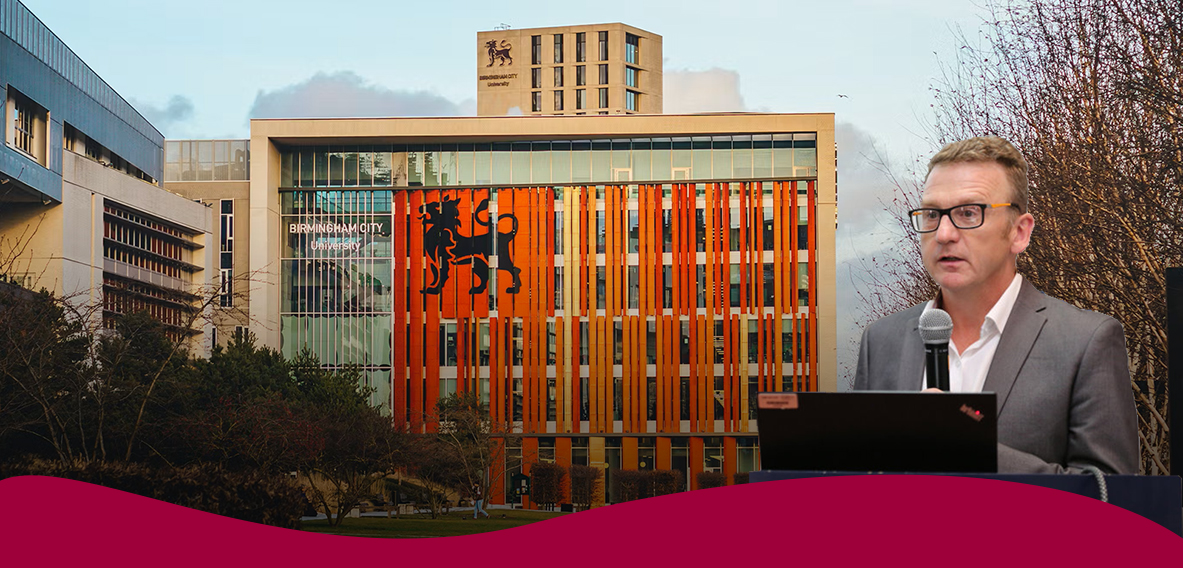
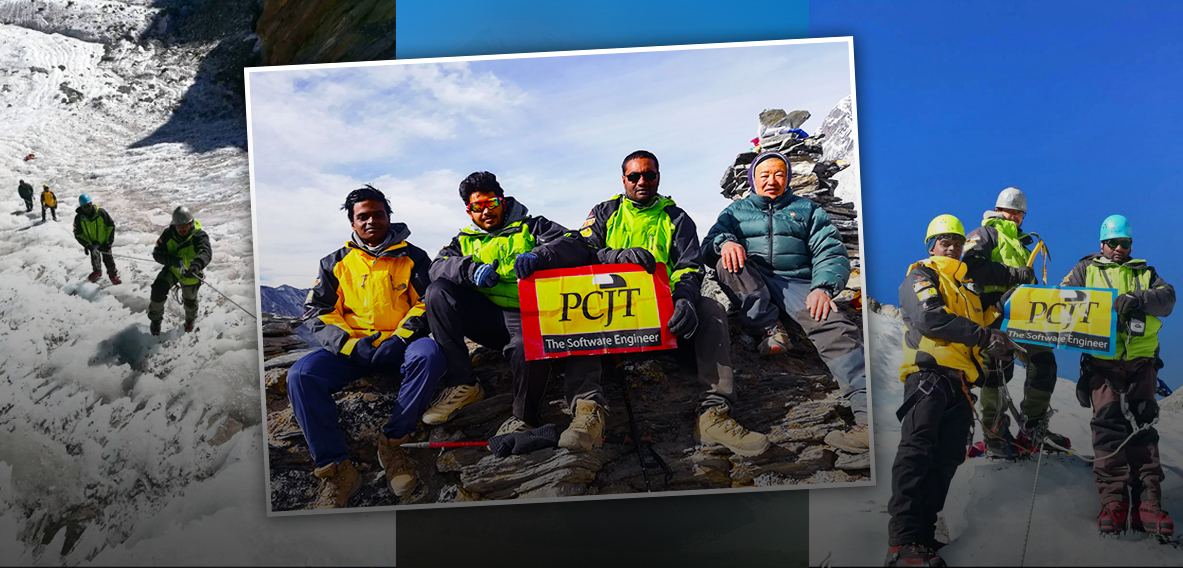
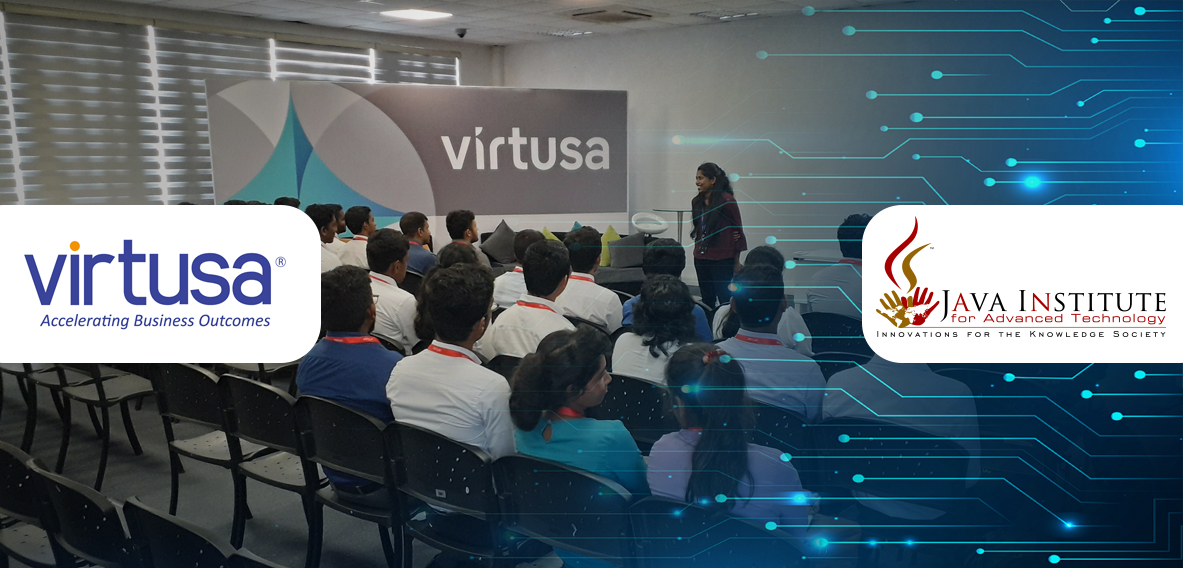

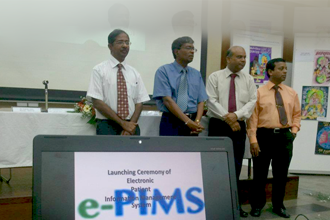





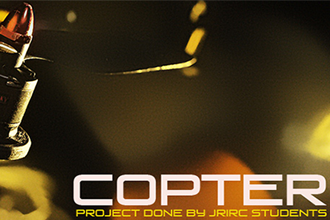



_330x220.png)
_330x220.png)